When you’re in the mood to make something fancy, do you ever think about fabrics other than quilting cottons? Pattern designers love to work with cottons for several reasons: they are easy to sew with; they are printed in vivid, gorgeous designs; and the quilting industry will often sponsor a designer with a gift of fabric if they will feature it.
However, I have recently begun to think about the world of different types of fabric, and there are so many choices. Because we’re not sure how to work with them, there are fabrics getting completely ignored that make such a beautifully finished product. When you think of all the time you invest in creating a garment, isn’t it worth your while to check out ALL the types of fabric?
One of these fabrics is velvet. Does working with velvet scare you? It has a “hard to work with” reputation. Some of the things you may have heard about velvet is that it is slippery and expensive. Let me give you some tips on how to use this luxurious product.
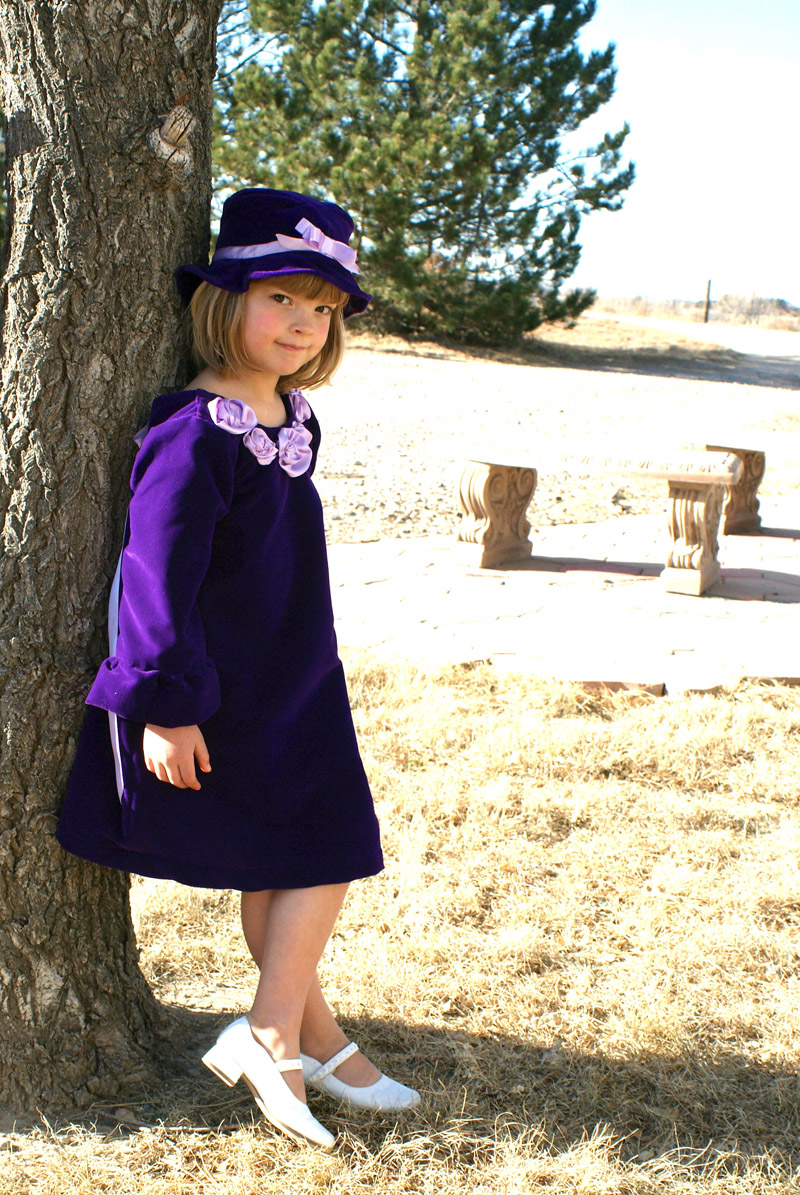
But first, let’s talk about different types of velvet. Velvet encompasses a broad range of fabrics. Velvet can be made from silk, cotton, linen, wool, rayon, polyester, nylon or acetate. I like to divide velvet into three categories, based on how it finishes rather than what it’s made from:
- Cotton or Twill Velvet
- Triple Velvet
- Stretch Velvet
Here are a few tips for working with all types of velvet:
- Most types of velvet need to be dry cleaned. That alone can make some people run! If you buy velvet from a reputable seller, directions for cleaning it will come with the fabric. There are some velvets that can be hand washed or even machine washed in cold water. Before creating your garment, be sure to prewash the fabric. This means to have it treated as you will treat the finished product. If you plan to hand wash, then hand wash the fabric before starting to cut.
- Always cut the velvet with the nap going in the same direction. If you look at a piece of ANY type of velvet, you will see that it has fibers that lay in a certain direction. This pile is called the nap. Some like the nap to go up on the garment, and others like it to go down. Regardless, it needs to go in the same direction on your entire garment. Velvet looks darker when the nap goes up.
- Speaking of cutting, it’s easier to cut velvet with the pile facing in (if folded) and the wrong side of the fabric facing up towards you.
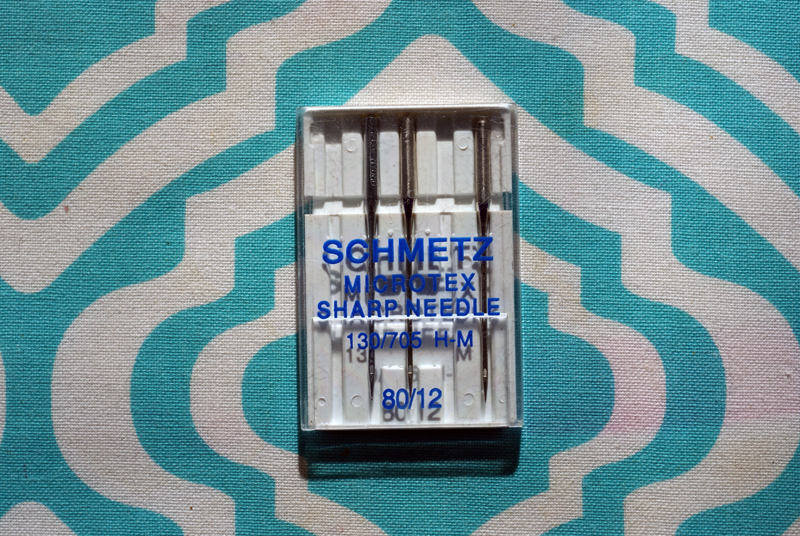
- Use a sharp needle. When is the last time you changed your needle?
- Due to velvet sometimes being slippery, you should test a few pieces before sewing with your actual pattern pieces. To begin, you can pin velvet with very sharp pins. Try to mostly pin in the seam allowance. Sew two pieces of fabric together with your normal sewing machine foot. Does the fabric slip like crazy? Switch to your walking foot. Are you still having issues? You can hand baste your seams and then sew them with the sewing machine. As you sigh about this last option, picture how gorgeous your finished garment will be. Are you wondering if your serger will work with velvet? In my experience, while it keeps the fabric from slipping, it leaves an undesirable lasting impression along the seam line.
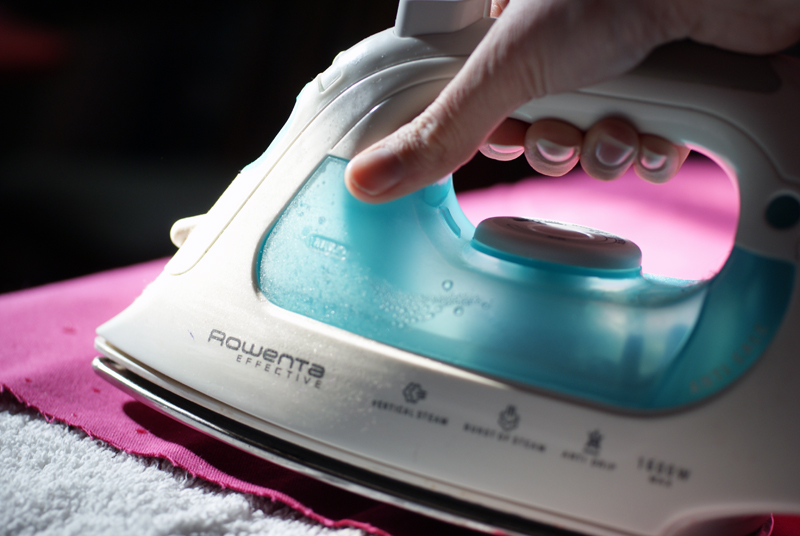
- Finally, NEVER EVER place your iron on velvet. Velvet must be steamed. To get the most out of steaming, place a fluffy, white towel on top of your ironing board. Next place the velvet on top of the towel with the pile facing the towel. Steam away with your iron about ¼” above the velvet.
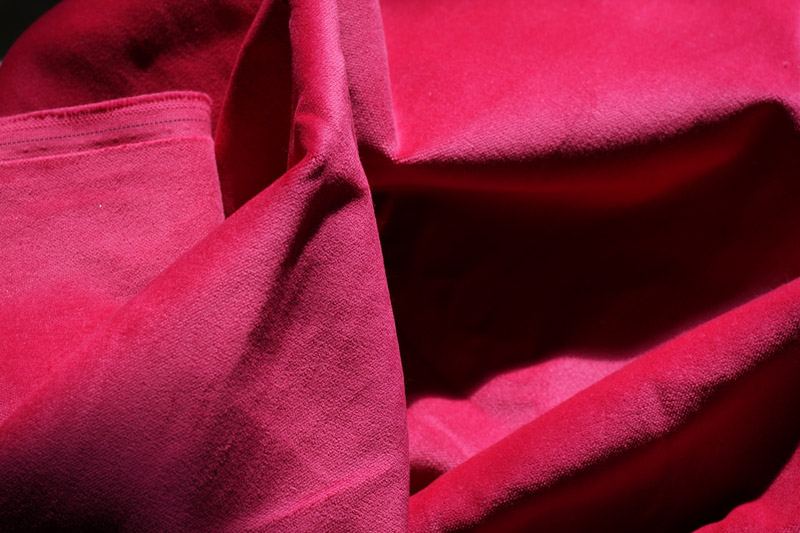
Cotton or Twill Velvet
has a firm hand, meaning it has less drape than other types of velvet. This velvet will not stretch and is somewhat rigid. This also makes it fairly easy to work with. Many times, you will see cotton velvet used to make luxurious draperies. It is also well suited to jackets or slacks (think corduroy without the wales). I have successfully used it for skirts as well. Follow the steps above to sew with this type of velvet. Cotton velvets have different lengths of pile. Some cotton velvets are washable.
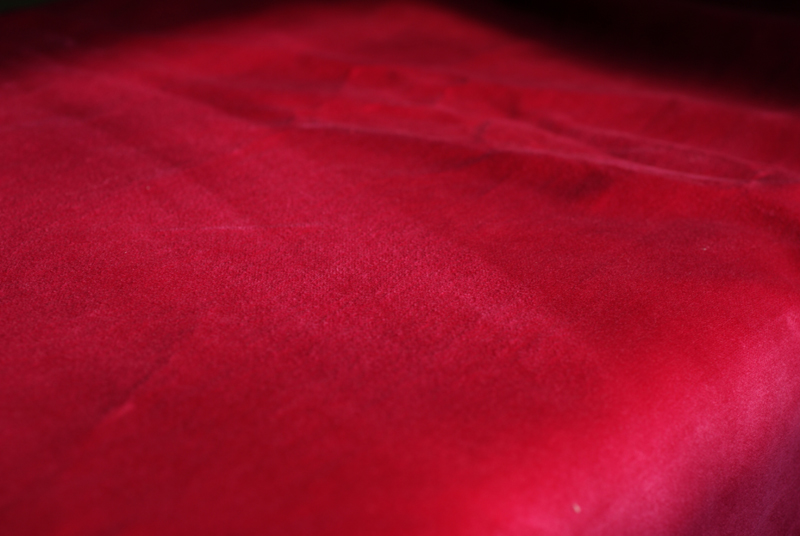
The cotton velvet I show here has a fairly short pile. Nevertheless, you can see in the photo that the nap shows when brushed in the opposite direction.

Use cotton thread. And speaking of thread, in general match your thread to the fabric type you are sewing: cotton or silk thread with natural fabrics and polyester thread with man-made fabrics. If you’re not sure of the content of your thread, it is normally located on the rim of the spool.

Triple Velvet
is made from nylon or acetate. It has absolutely no stretch. This is my favorite type of velvet to use as it has a gorgeous drape that lays beautifully on the body. It is also quite inexpensive.

As both nylon and acetate are manmade fibers, you will need to use polyester thread, and it must be dry cleaned. This type of velvet is fairly simple to sew. It can be slippery, but it has no stretch, a short pile, and almost no nap. There is a faint stripe throughout triple velvet that can only be seen if you are very close up.
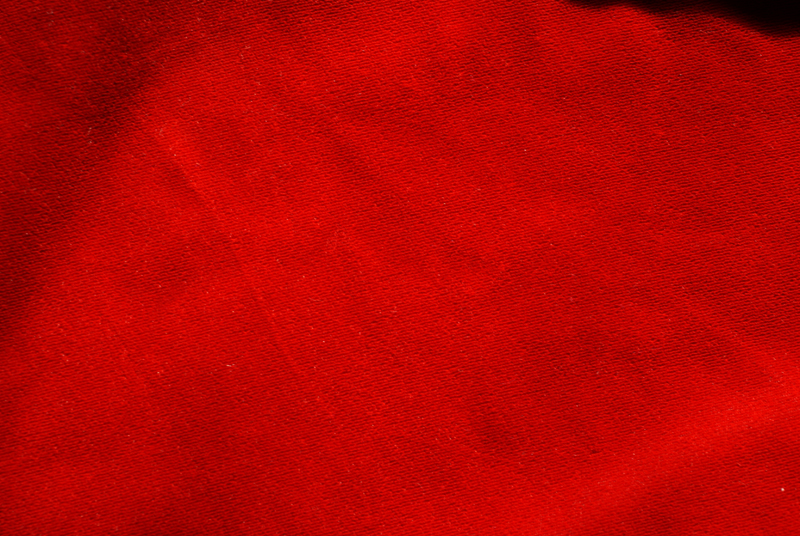
When you search for triple velvet fabric, you will find descriptions containing the words: royalty, luxurious, soft, rich, beautiful. It is a wonderful choice for dresses, evening gowns and a wedding party, particularly in the colder months.

Stretch Velvet
is a velvet with some polyester or Lycra added in for stretch. When you think of this type of velvet, think of knits. For the most part, you use this fabric just as you would a knit fabric. It tends to have the most drape but also the biggest tendency to slip, move and slink. If you need a fabric that really hugs the body, this is the velvet choice for you.

Blouses made from stretch velvet are absolutely stunning. Here are some tips for working with stretch velvet:
- Place weights around your fabric before cutting so it won’t slip on you.
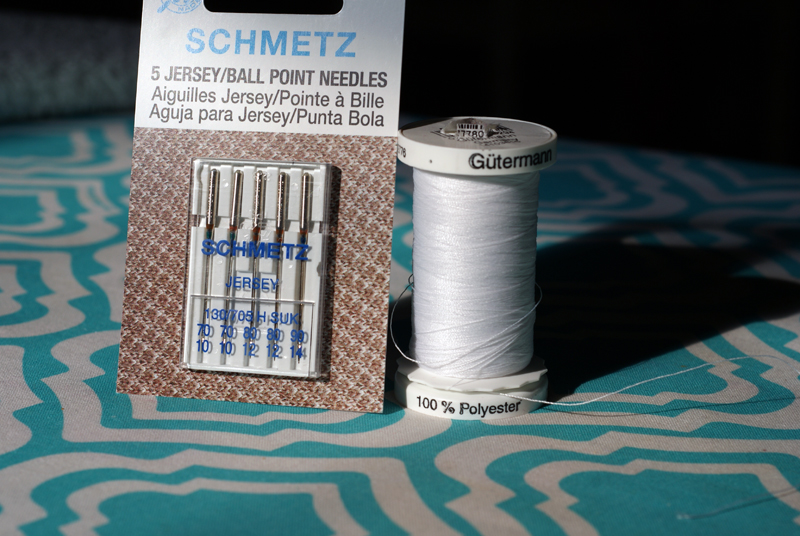
- Use a ball-point needle.
- Use polyester thread (it will stretch with the garment).
- Sew with a slight zig-zag and extra-long stitch. I set my width to 1.0 and my length to 3.0 when sewing with this fabric.
- Try not to stretch the fabric as you feed it through your machine (walking foot!).
Now that you know all about velvet, what are you waiting for? Give it a whirl and sew something beautiful!
